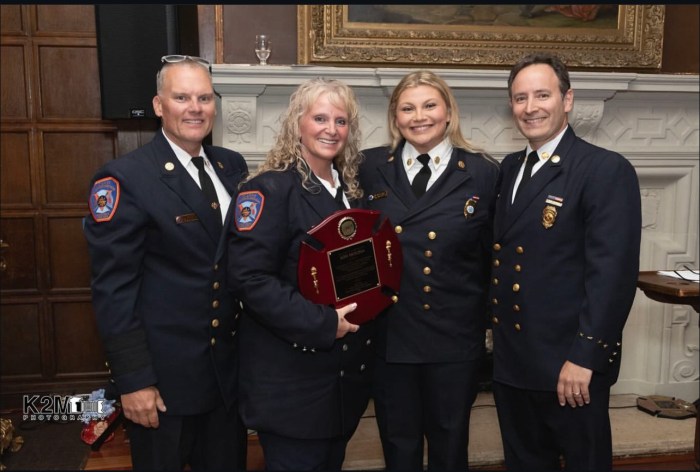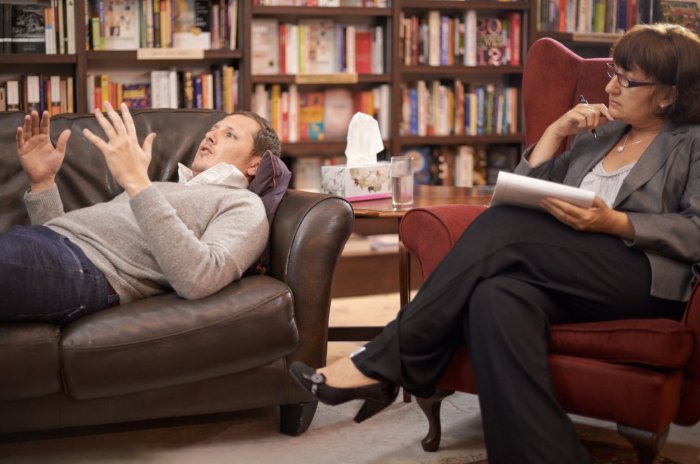By Pat Falk
Republican presidential front-runner Donald Trump’s shifting position on abortion can be seen as pandering, a changing sensibility, or the kind of flippancy that characterizes so much of his rhetoric. It doesn’t really matter. The problem is that focusing on his inconsistency distracts us from the heart of the abortion controversy, which is what happens to women when abortion is denied.
When there is no safe and legal abortion, women are often forced into “backstreet” abortions. Doctors or other abortion providers in those cases—either inept or fearful of legal consequences—may be compelled to act in unprofessional ways. We have scores of examples from the past that show the sheer horror of what could happen.
Here is one story that hits close to home, Trump’s and mine.
In 1962, a few blocks from where both Trump and I grew up in Jamaica Estates, a 19-year-old college sophomore, Barbara Lofrumento, died during an abortion. The doctor, Harvey Lothringer, cut her up and ground the pieces in a garbage disposal. Barbara’s mother, who had been waiting in an adjacent room for hours, was sent home.
“Everything will be fine,” Dr. Lothringer told her. “Barbara’s resting. I’m giving her oxygen, just as a precaution.”
It would be days before Barbara’s parents alerted the police. They were scared—they were doing something illegal. Meanwhile, Dr. Lothringer and his assistant/girlfriend Theresa Carillo had left the country, but not before arranging for a plumbing service to come to his house to flush out his system. When Roto-Rooter eventually showed up two days later, they found an overflowing sewer, the pipes clogged with Barbara’s gruesome remains.
This is the epicenter of an atrocity that radiated outward to a shocked public, sinking deeply into the psyche of a generation.
Harvey Lothringer was my doctor, my family doctor. I had been on that same table for an extensive examination a few days before Barbara died. My father was also Dr. Lothringer’s initial defense attorney. At 11-years-old, I was my father’s helper, cutting out articles and photos from a sea of newspapers. I would stare at Barbara’s photo: her head turned to the side, raised slightly, her dark, curly hair cut short, framing her face. Her smile seemed forced, her eyes sad.
That photo—with her image intact—etched itself into my consciousness in stark contrast to her fragmentation. If I could just piece together the story, tape up the fragments, I could put her back together. I could staunch some of the unbelievable horror. At the very least, I might begin to understand.
These images have haunted me for decades. It took me months, for example, to agree to surgery for early stage lung cancer a few years ago. I was that terrified of doctors wielding knives.
It’s been this way for others. New York State Assemb. Deborah Glick (D-Manhattan) was also a vulnerable 11-year-old in Queens when she first heard the news. When we talked at her Union Square office recently, she told me that the story had “seared itself” into her memory. Finally, in January of 2014, she brought the personal directly into the political as she recounted on the Assembly floor what had happened to Barbara and argued for a provision to update New York’s Women’s Equality Act.
Also traumatized were Barbara’s classmates at the College of New Rochelle, especially Janice Decker, a writer now residing on the West Coast. Like Glick and countless others, she was instructed “not to talk about it.” A few weeks after Barbara’s murder, Decker was raped. Finding herself pregnant, Decker thought, “No legal abortion available. What now? Barbara had been erased with finality. Her death and the ensuing silence was proof that no one would help me.”
So, let’s stop playing games, hopscotching “positions” on the issue of reproductive rights, as Donald Trump is trying to do as he leads the race for the Republican presidential nomination. Let’s talk about how women are being forced into backstreet abortions across the country. Let’s acknowledge the insidious effects on us all.
Even now, when access to abortion is a constitutional right, “87 percent of the counties in the U.S. have no abortion providers,” points out former Boston Globe journalist Eileen McNamara, professor at Brandeis University. Increasing numbers of state legislatures, she warns, are making it difficult for clinics to operate.
“Where,” she asks, “will women go?”
Let us hope it will be to a place of safety.
Pat Falk is professor emeritus at Nassau Community College in Garden City, NY. Author of four previous books, she is currently completing the memoir, The Story of Barbara: Memory of a Botched Abortion.




































